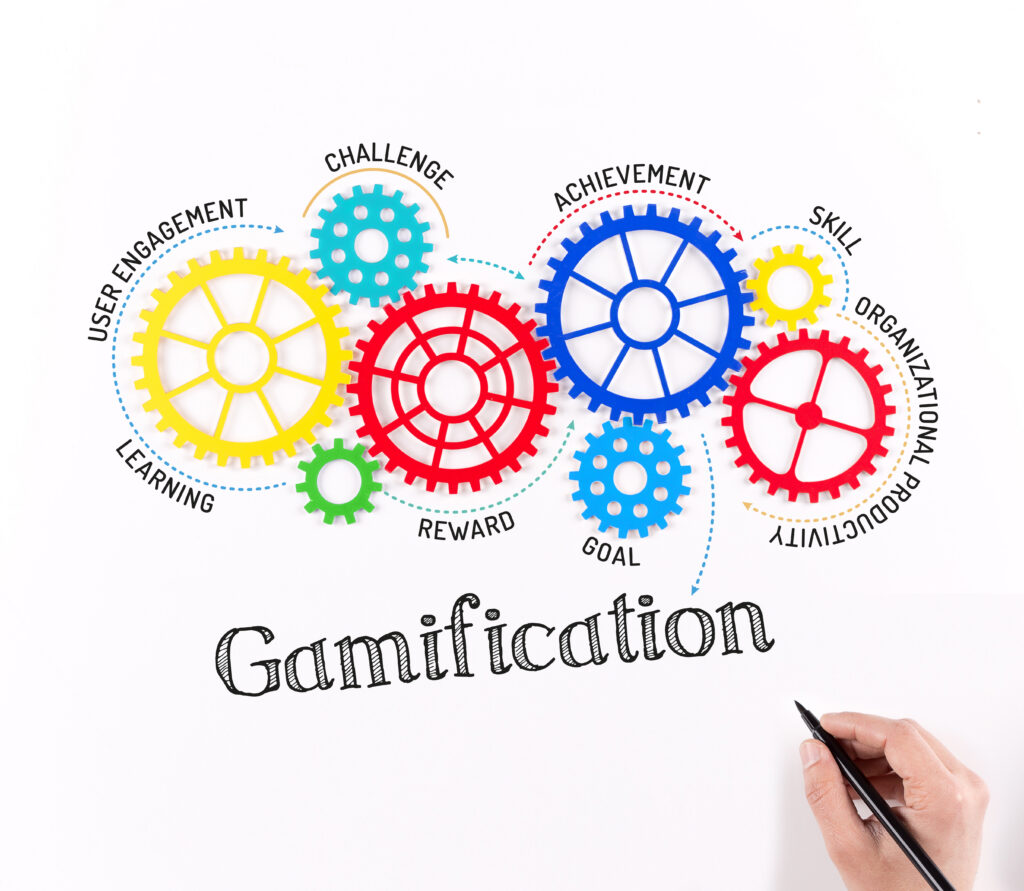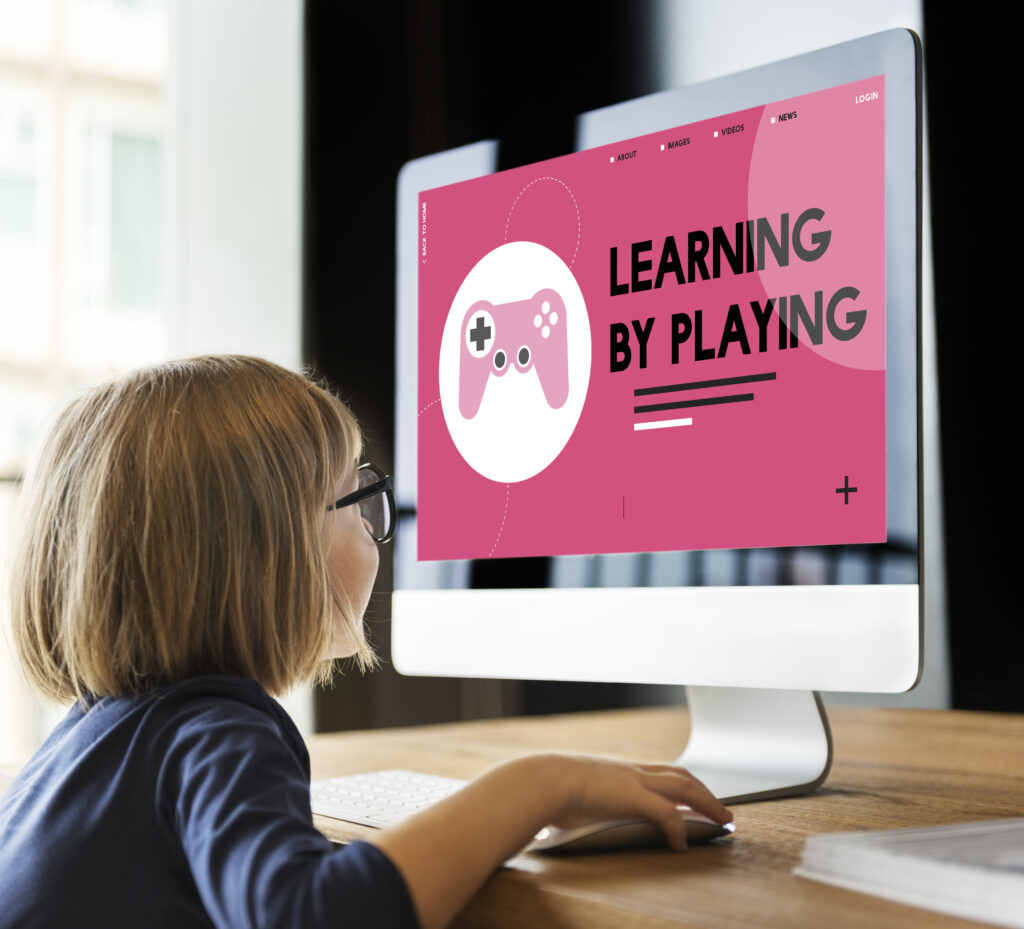G is for … Gamification
Points, badges and scoreboards are familiar to many people because of their use in apps, games and other digital products. They are perhaps the most obvious signs of gamification in education.

Points, badges and scoreboards are familiar to many people because of their use (or overuse?) in apps, games and other digital products. They are perhaps the most obvious signs of gamification in education, where the goal is to encourage participation and motivate students by adding game-like elements to learning materials. Some people object to gamification in an educational context because they see it as being limited to apparently superficial devices like reward points. There is also a fear that it could encourage extrinsic motivation (the desire to rack up points) at the expense of intrinsic motivation (the pleasure and satisfaction of learning). But are there aspects of gameplay we can bring to bear on educational materials that do have positive effects on learning?
The word ‘gamification’ was coined by Nick Pellin in 2002, but was not widely adopted until the start of the next decade. The term ‘serious games’ is sometimes used, in contrast with games played purely for entertainment. Instead, the underlying mechanics of games are put to a different use. We have mentioned motivation, but another benefit might be to aid recall, for example when the learning of new vocabulary is assisted using spaced repetition of items as part of a game-like structure.

As digital learning products and mobile learning have taken on more importance in the education sector, the concept of gamification has also grown in prominence. Duolingo, for example, have garnered more than 300 million users with their gamified language learning app, using a research-based approach that they explain on their website. As artificial intelligence becomes more sophisticated, educational games that adapt to the users’ level and push them gently towards a higher level of achievement start to seem like a real possibility. Whether educational publishers will have the resources to incorporate this kind of technology into their mainstream courses anytime soon is a different matter. However, these technologies do seem to have the potential for a disruptive effect on traditional publishing.
The use of games in education far pre-dates the advent of digital technology, of course. Primary materials in particular are already rich in games, even in their print form. These range from roleplays to board games and other cut-out materials at the back of teachers’ books. These resources may seem old-fashioned in the digital age, but it is important that they are available given the widely differing availability of technology in classrooms around the world. Often, they are also provided as printable online resources that can be photocopied and taken to class. Many teachers are themselves expert in finding ways to turn what could be a dry grammar or maths point into an opportunity for a game, competitive or otherwise. What has changed with digital learning materials, though, is the possibility of building game-like elements into the fabric of courses.
As artificial intelligence becomes more sophisticated, educational games that adapt to the users’ level and push them gently towards a higher level of achievement start to seem like a real possibility.
In a 2019 white paper on gamification, Dr Deborah Healey explored the ways in which the concept can be applied to second language learning. Healey defines games as having “a challenge of some sort, rules that people choose to follow, feedback and interaction, plus an emotional reaction”. She highlights competition as a “frequently used dynamic”, but points out that game elements involving collaboration can also be used to “promote a different dynamic”. Storytelling, she says, is commonly used in gamified environments to appeal to participants’ emotions. Healey’s review of research into gamification is a good place to go for a deeper look at the topic. She concludes by stressing the importance of tailoring game-like elements to students and their contexts, backed up with “insights from psychology, research, and game designers”. “The key,” she says, “is in the way that gameful design – gamification – is incorporated into a lesson or a class.” That is, gamification on its own is not sufficient – a strong pedagogical approach and teacher implementation and support are essential for successful, and enjoyable, learning.

Contact us
We'd love to hear from you and promise to contact you asap. Either fill in our quick and easy form below or email [email protected]

The Content Station is your trusted educational publishing team. Our local experts across the globe can deliver on any brief.

